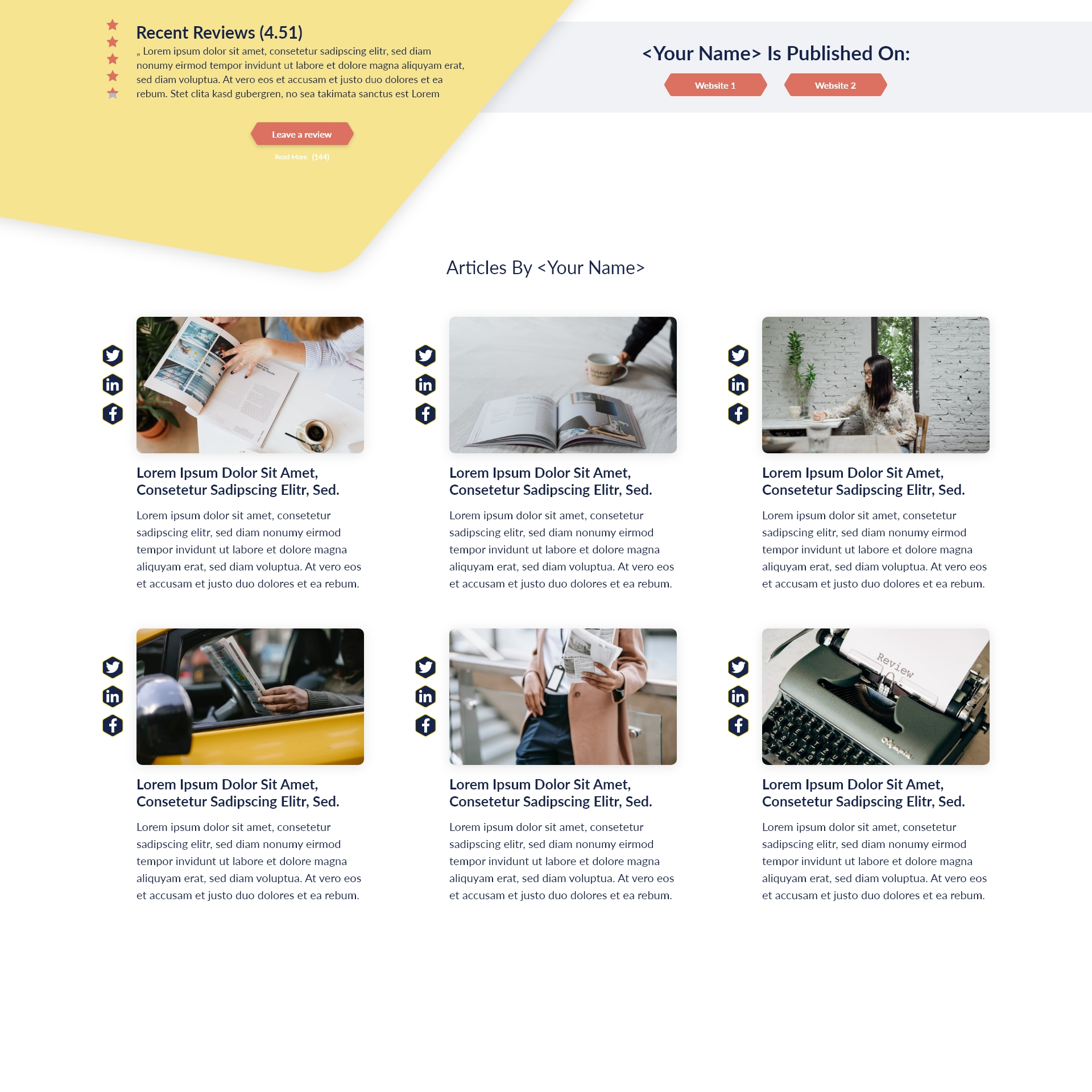Our world is an ever-changing environment that seeps into our professional lives. This statement is valid from how we dress to how we eat. How we connect with others is no exception, especially regarding our coworkers. Have you ever considered whether your leadership tactics have been allowed to evolve in our constantly developing world?
There is nothing worse than enduring old-school leadership tactics purely for the sake of nostalgia. These strategies may serve your organization as poorly as it serves your employees. With an influx of resources readily available, there is no excuse for utilizing stale tactics that may ultimately lead to adverse effects on attracting and retaining diverse team members. How would you determine whether your leadership tactics are up to par?

- Confusing Guidance and Micromanagement
Leadership sets the tone for new hires in a contemporary management setting. Leaders like this often guide employees through the provided framework and desired outcomes through clear objectives. As a result, employees are entrusted to make the right decisions and are allowed to thrive. Unfortunately, this leadership style may not work for every team and organization. An effective leader can utilize several leadership styles depending on any given situation.
Old-school leaders approach employees from a position of control and lack of trust. In this situation, the leader remains at the helm of decision-making without much consideration for the team. A leader such as this prevents employees from succeeding within a highly-controlled, overly managed environment. Rather than empower team members to do their best, they attempt to maintain authority over employee self-expression and creativity.
With the Great Resignation, we have witnessed an influx of employees attempting to flee old-school, authoritarian-style leaders. Unfortunately, those who remain employed become cogs in a toxic environment that further prevents them from ultimate success and prosperity. Managers who look for talented people should discover ways to help them thrive rather than break their spirits through toxic leadership practices.
- Influencing People Through Monetary Incentives
Those operating according to outdated leadership styles tend to view monetary incentives as the only source of employee motivation. Remember the adage, money talks? This type of leader believes employees will do anything for money, even when it repeatedly fails to inspire or drive individuals to bring their best to work. Unfortunately, today’s workforce primarily consists of purpose-driven individuals, such as millennials, who seek fulfillment other than income.
Individuals like these tend to crave community advancement, experiences, and fruition that benefit society. Recognition and praise for contributions better align with the mindset of modern workers. More often than not, they value and appreciate rewards money cannot buy, including flexible hours, unlimited vacation time, maternity leave, or the opportunity to bring their four-legged friend into the office. When attempting to attract talented individuals, you must scrutinize the leadership tactics currently within your employ by asking a few questions.
1. Do we supply meaning to employees?
2. Do we thoroughly advertise company values?
3. re employee contributions officially recognized?
3. Do we provide modern employee rewards?
- Parenting Your Employees
Another management style as old as time is the over-exaggeration of any given leadership role. For example, managers such as this prevent employees from using the restroom until an “official” break time is a prime example of infantilizing your employees. While leaders who practice this tactic may approach the situation well-meaningly, it is a parenting style that seeks obedience rather than cooperation. Managers with overly parental leadership styles are less likely to admit shortcomings and lack confidence.
If you are looking to employ a group of individuals who cannot make a move until the boss says so, a parental management style may be for you. However, if you are looking for open positions to appeal to the masses to break into today’s fierce arena of competition, you need to get with the times. Instead, utilizing tools that empower employees to identify solutions and succeed in the workplace will benefit your organization in the long run. Not only will employee retention improve, but morale and group culture will be poised to grow and thrive.
Modern-day workers tend to fizzle out under the employ of outdated leadership. Parental leadership styles will only cause an influx of employees to seek new roles from other employers. In our modern day and age, it is time to recognize the fact that a single style of leadership cannot fit every situation. Influential leaders understand the use of diverse leadership styles if they hope to maintain the organization well into the future.







